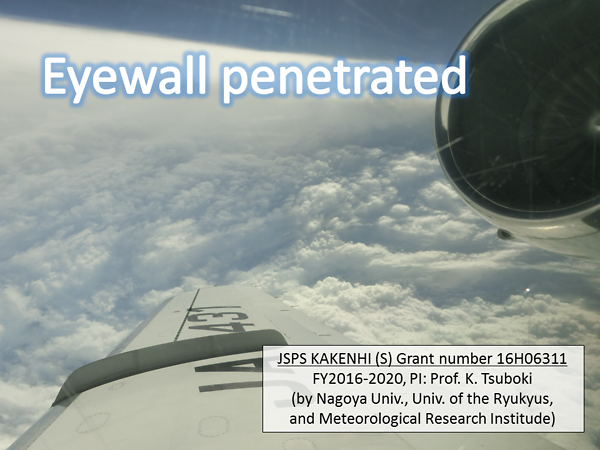Seminar "Improving tropical cyclone forecasts with aircraft missions" by Prof. Kosuke Ito

Date
Location
Description
[Speaker]
Prof. Kosuke Ito,
Department of Physics and Earth Sciences,
University of the Ryukyus
[Abstract]
The inner core of Tropical Cyclone Lan was observed on 21–22 October 2017 by GPS dropsondes during the first aircraft missions of the Tropical Cyclones-Pacific Asian Research Campaign for the Improvement of Intensity Estimations/Forecasts (T-PARCII). To evaluate the impact of dropsondes on forecast skill, 12 36-h forecasts were conducted using a Japan Meteorological Agency non-hydrostatic model (JMA-NHM) with a JMA-NHM-based mesoscale four-dimensional data assimilation (DA) system. Track forecast skill improved over all forecast times with the assimilation of the dropsonde data. The improvement rate was 8–16% for 27–36-h forecasts. Minimum sea level pressure (Pmin) forecasts were generally degenerated (improved) for relatively short-term (long-term) forecasts by adding the dropsonde data, and maximum wind speed (Vmax) forecasts were degenerated. Some of the changes in the track and Vmax forecasts were statistically significant at the 95% confidence level. It is notable that the dropsonde-derived estimate of Pmin was closer to the real-time analysis by the Regional Specialized Meteorological Center (RSMC) Tokyo than the RSMC Tokyo best track analysis. The degeneration in intensity forecast skill due to uncertainties in the best track data is discussed.
Subscribe to the OIST Calendar: Right-click to download, then open in your calendar application.



